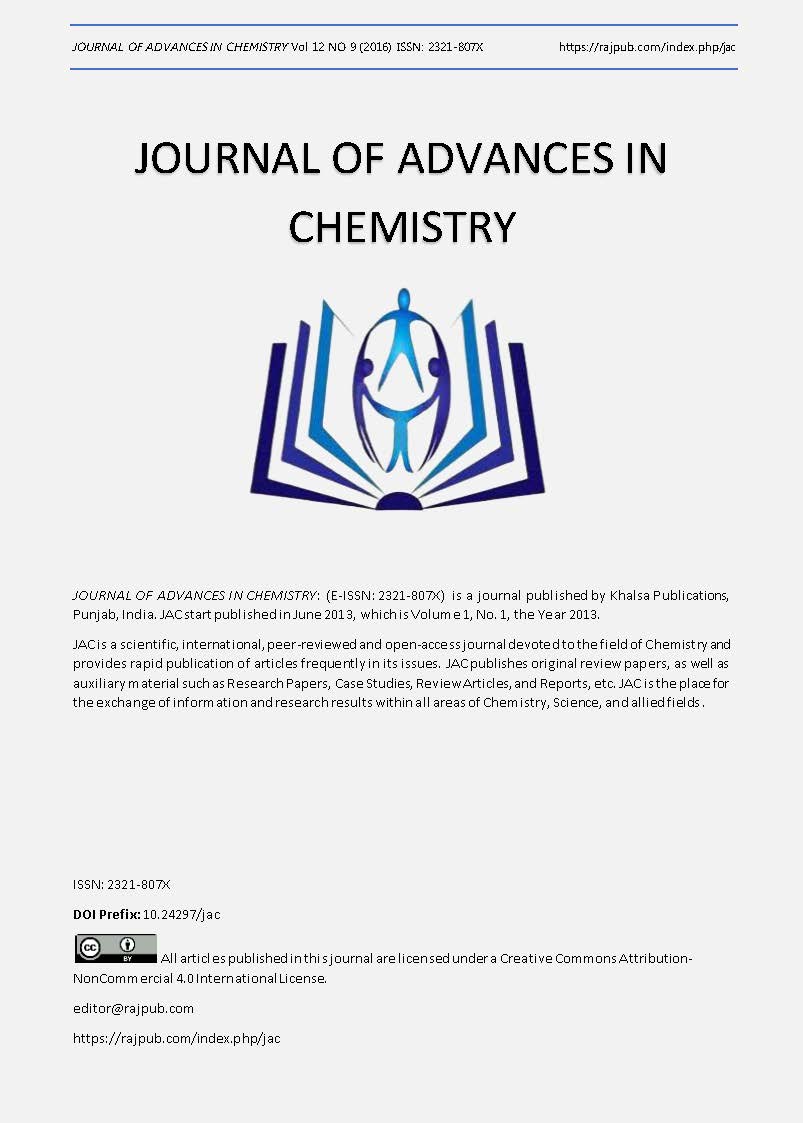Soft Computing Based Cavity Temperature Control of Plastic Injection Molding system
DOI:
https://doi.org/10.24297/jac.v12i9.6004Keywords:
I-PD Controller, Mean Square Error (MSE), melt temperature, optimization, settling time, undershootAbstract
The plastic parts having complex three dimensional structures are produced by Plastic injection molding system. The
quality of the product is determined by controlling the temperature of the mold cavity. The mold cavity temperature control
with the conventional ON/OFF, PI, and PID controllers have several disadvantages. This paper proposes the method to
reduce settling time and undershoot in cavity temperature control with selected evolutionary algorithms. The controller
parameters are optimized with Genetic Algorithm (GA) and Particle Swarm Optimization (PSO) Algorithm for PID and I-PD
controllers by considering Mean Square Error (MSE) as fitness function. Compared to conventional methods the
parameter optimization using soft computing methods such as GA and PSO improves the performance indices of PID and
I-PD controllers.
Downloads
References
Moldingâ€, IEEE International Conference on Mechatronics & Automation, vol. 2, pp. 911-916.
2. Dubay R., Pramujati B., and Hernandez M., 2006,“A generic Controller for Part Surface Temperature on a Plastic
Injection Molding Machineâ€, Advances in Polymer Technology, vol. 25, no. 1, pp. 1-12.
3. Ke Yao, Furong Gao and Frank Allgower, 2008, “Barrel Temperature Control During Operation transition in
Injection Moldingâ€, Control Engineering Practice, Science Direct, vol. 16, pp. 1259-1264.
4. Astrom J., and T. Hagglund, 2001, “The future of PID controlâ€, Control Engineering Practice, Science Direct, vol.
9, pp. 1163–1175.
5. Kiam Heong Ang, Gregory Chong and Yun Li, 2005, “PID Control System Analysis, Design, and Technologyâ€,
IEEE Transactions on Control Systems Technology, vol. 13, no. 4, pp. 559-576.
6. Yun li, Kiam Heong Ang, and Gregory C.Y. Chong, 2006 “PID Control System Analysis and Design - Problems,
Remedies and Future Directionsâ€, IEEE Control systems magazine, pp. 32-41.
7. “Amarendra Reddy B., Ram Charan K., Kranti Kiran Ankam, and Ramalingeswara Prasad K., 2010, “Control of
Non-Linear Systems Using Parallel Structure of Fuzzy PI+PD Controllerâ€, International Journal of Engineering
Science and Technology, vol. 2, no.8, pp. 3422-3433.
8. Vineetkumar, Nakra B. C., and Mittal. A. P., 2011, “A Review on Classical and Fuzzy PID Controllersâ€,
International Journal of Intelligent Control and Systems, vol. 16, no. 3, pp. 170-181.
9. Rania Hassan, BabakCohanim and Olivier de Weck, 2005, “A Comparison of Particle Swarm Optimization and
the Genetic Algorithmâ€, 46th AIAA/ASME/ASCE/AHS/ASC Structures, Structural Dynamics and Materials
Conference, April 18-21.
10. Nagaraj B, P. Vijayakumar , 2011, “A Comparative Study Of PID Controller Tuning Using GA, EP, PSO AND
ACOâ€, Journal of Automation, Mobile Robotics & Intelligent Systems, vol. 5, no. 2 pp. 42-48.
11. Aidan Oâ€Dwyer, 2006, “Handbook of PI and PID Controller Tuning Rulesâ€, 2nd Edition, Imperial College Press.
12. Asim Ali Khan, and Nishkam Rapal, 2006, “Fuzzy PID Controller: Design, Tuning and Comparison with
Conventional PID Controllerâ€, IEEE International Conference on Engineering of Intelligent Systems, pp.1-6.
13. SanthiPrabha I., DurgaRao K., and Siva Rama Krishna D., 2011, “Fuzzy Logic Based Intelligent Controller
Design for an Injection Mould Machine Process Control†, International Journal of Advanced Engineering
Sciences and Technologies, vol. 10, pp. 098-103.
14. Mohammed Obaid Ali, S. P. Koh, K. H. Chong, S.K.Tiong, and ZeyadAssiObaid, 2009, “Genetic Algorithm Tuning
Based PID Controller for Liquid-Level Tank Systemâ€, Proceedings of the International Conference on Man-
Machine Systems (ICoMMS), 4A5-pp. 1-5.
15. Ayman A. Aly, 2011, “PID Parameters Optimization Using Genetic Algorithm Technique for Electrohydraulic
Servo Control Systemâ€, Intelligent Control and Automation, vol. 2, no. 2, pp. 69-76.
16. Mohd Sazli Saad, Hishamuddin Jamaluddin, and Intan Zaurah Mat Darus, 2012, “ Implementation of PID
Controller Tuning using Differential Evaluation and Genetic Algorithmâ€, International Journal of Innovative
computing, information and Control, vol. 8, no. 11, pp. 7761-7779.
17. Russell C Eberhart and YuhuiShi, 2001, “Particle Swarm Optimization: Developments, Applications and
Resourcesâ€, Proceedings of the 2001 Congress on Evolutionary Computation, vol. 1, pp. 81-16.
18. Riccardo Poli ,James Kennedy and Tim Blackwell, 2007, “Particle swarm optimization-An overviewâ€, Springer
Science , Business Media, vol.1, no.1, pp. 33-57.
19. Tushar Jain and M. J. Nigam., 2008, “Optimization of PD-PI Controller Using Swarm Intelligenceâ€, International
Journal of Computational Cognition, vol. 6, no. 4, pp. 55-59.
20. Wen-wen Cai, Li-xinJia, Yan-bin Zhang,Nan Ni., 2010, “Design and Simulation of Intelligent PID Controller Based
on Particle Swarm Optimizationâ€, IEEE International conference on E-Product Eservice and E-Entertainment
(ICEEE), pp. 1-4, 2010.
Downloads
Published
How to Cite
Issue
Section
License
 All articles published in Journal of Advances in Linguistics are licensed under a Creative Commons Attribution 4.0 International License.
All articles published in Journal of Advances in Linguistics are licensed under a Creative Commons Attribution 4.0 International License.




